|
|
OPPOSITELY-BRANCHED
SHRUBS
Dogwood, Striped
Maple, Mountain Maple, Viburnums, and Elderberry
Aceraceae, The Maple Family
Caprifoliaceae, The Honeysuckle Family
Cornaceae, The Dogwood Family
A number of oppositely-branched shrubs grow in the U.P. Only a few are mentioned here as this website deals mainly with trees. However, similar-looking shrubs can easily confuse identification of tree saplings. Also, a number of shrubs are so common that a person who walks in the woods will probably want to know what they are.
DOGWOODS
(Cornus spp.)
Other Names: Red-osier dogwood, gray dogwood, silky dogwood, etc.
Key ID Features: Leaves, Bark, Buds, Flowers

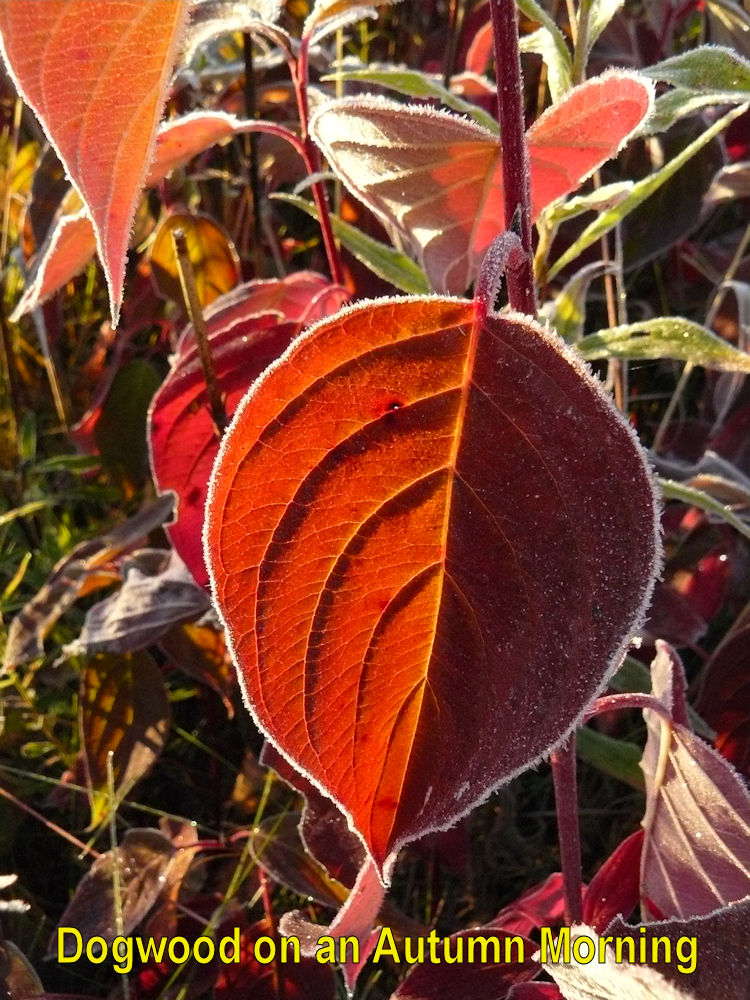
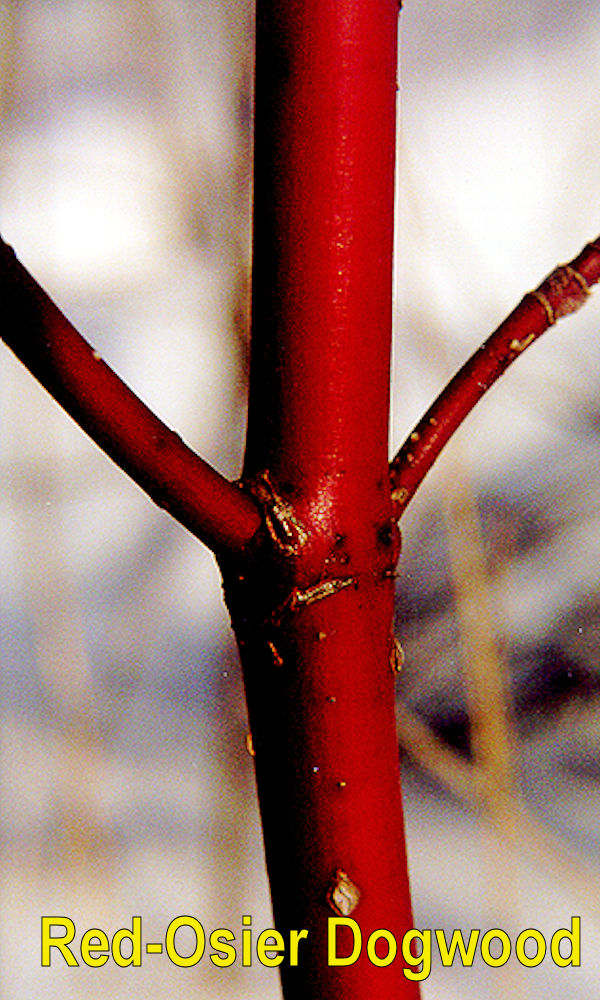

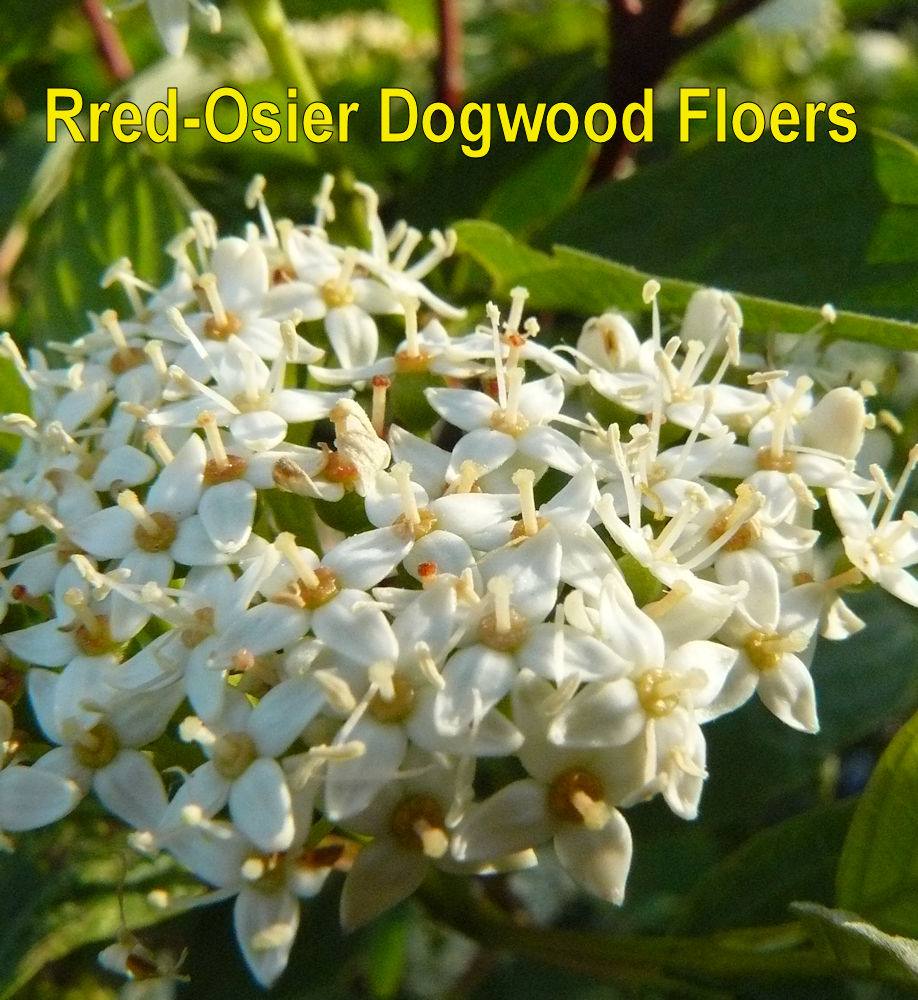

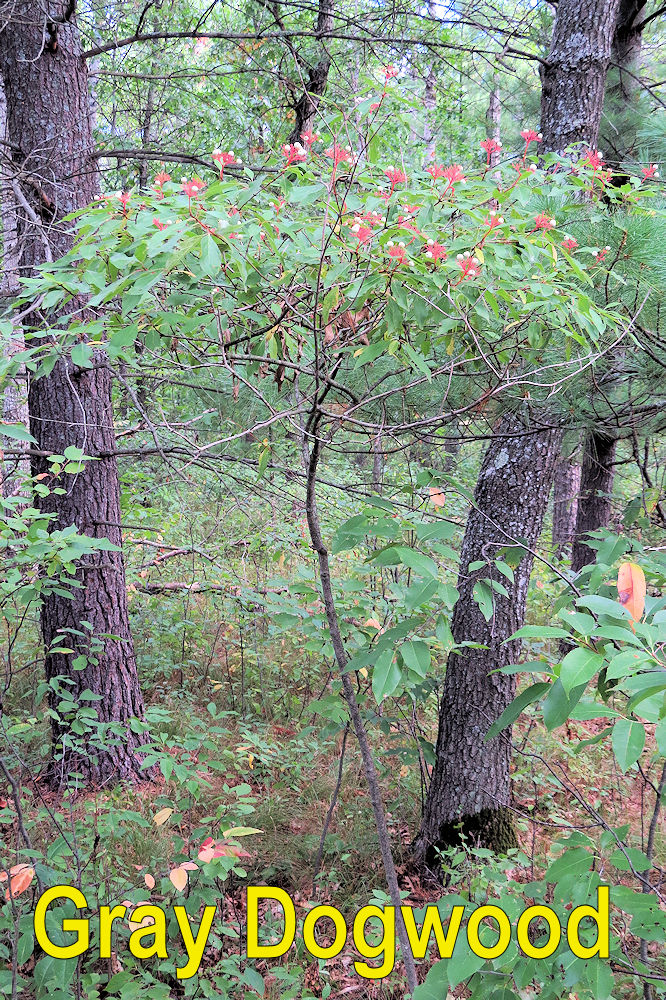
Family Cornaceae. There are about 6
species of Cornus in the U.P. 4 of which are shrubs. The most commonly
noticed is probably red-osier dogwood (Cornus stolonifera) due to it's
bright red or purplish STEMS. The LEAVES are simple,
with smooth margins.
White-yellow FLOWERS mature into white BERRIES in the summer. Red-osier dogwood
colonizes old fields and moist soils. The reddish thickets can often be identified
while driving down the road. Other possible dogwood shrubs of the U.P. are
red-panicle dogwood (C. racemosa), alternate-leaf dogwood (C.
alternifolia), and roundleaf dogwood (C. rugosa). Beware of
the alternate-leaf dogwood! It's one of the few dogwoods that are NOT
oppositely-branched.
 STRIPED MAPLE (Acer pensylvanicum)
STRIPED MAPLE (Acer pensylvanicum)
Other Names:
Moosewood, Moose Maple, Whistle Wood, Goosefoot Maple
Key ID Features: Leaves, Bark, Fruits
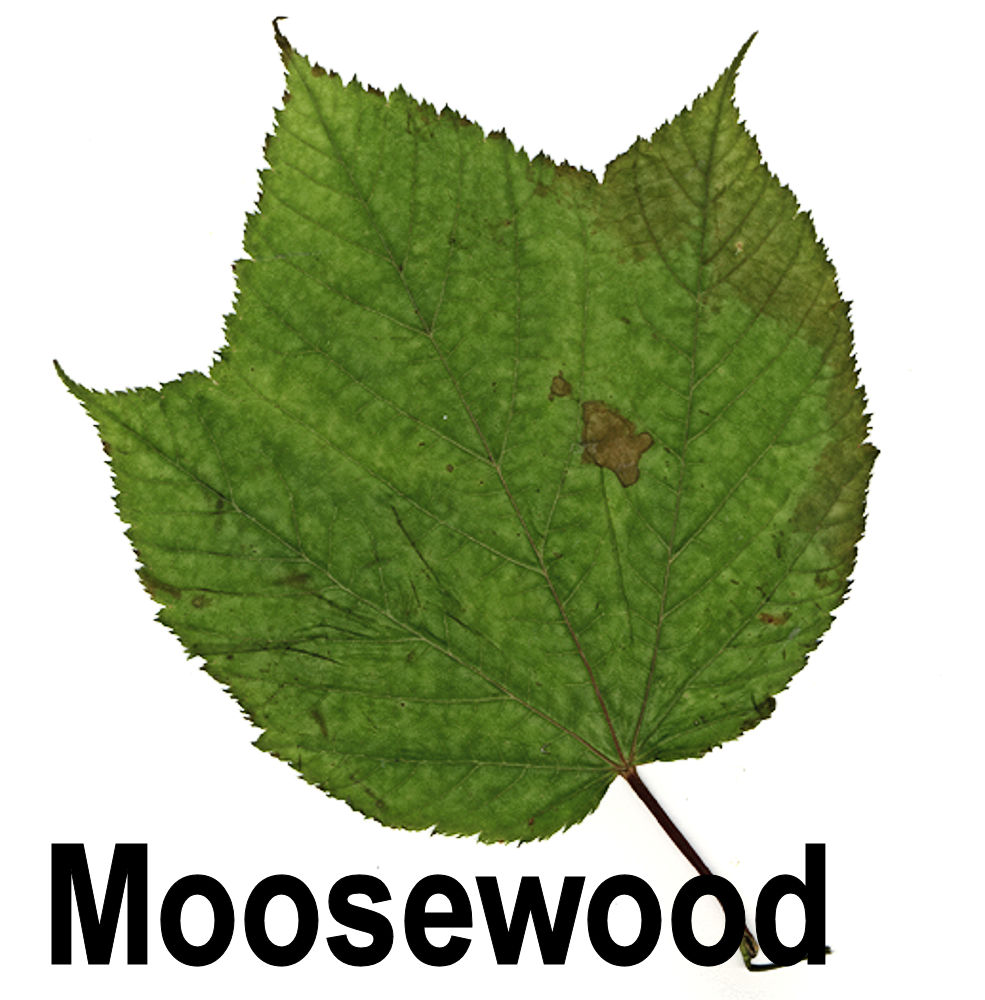
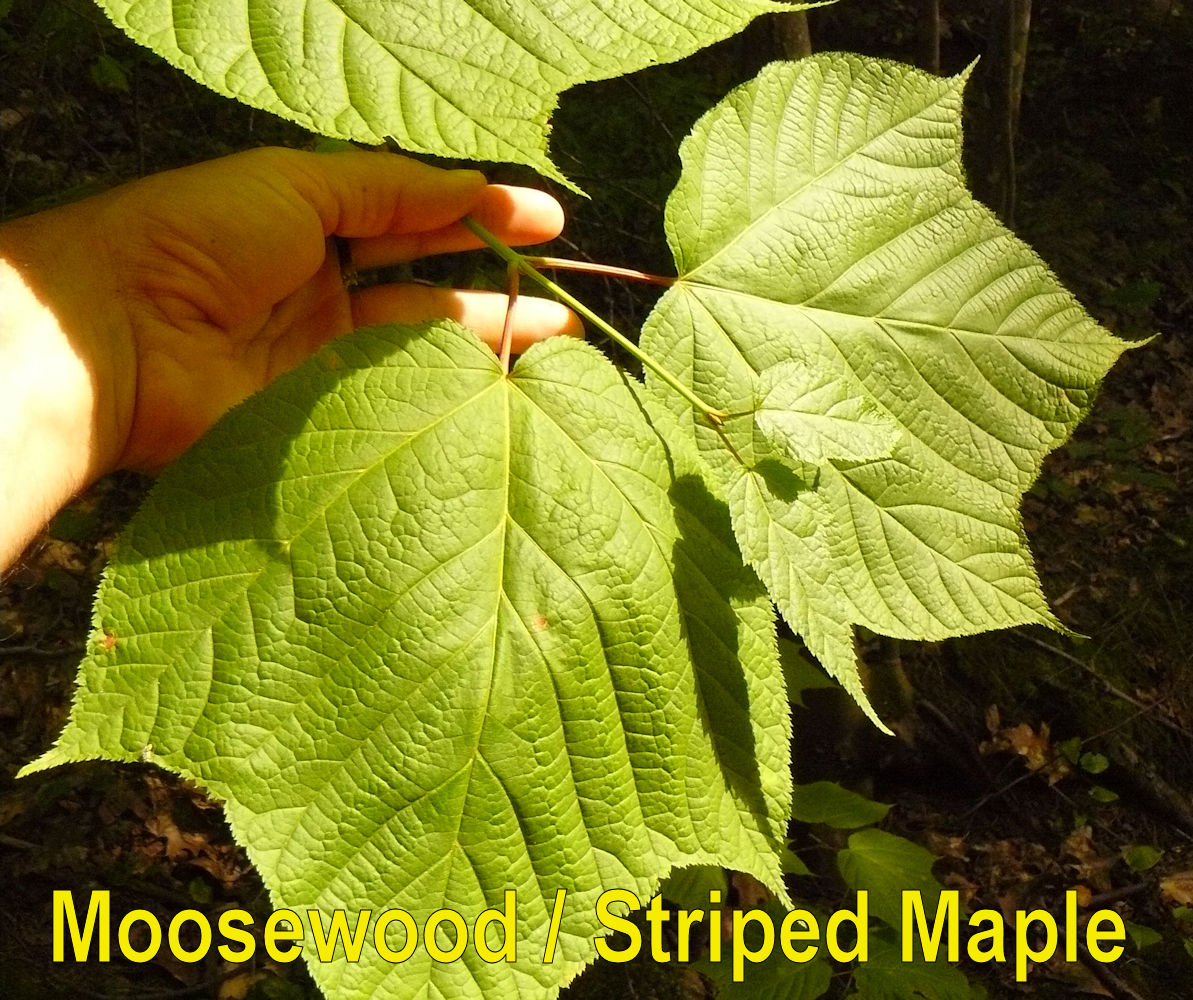
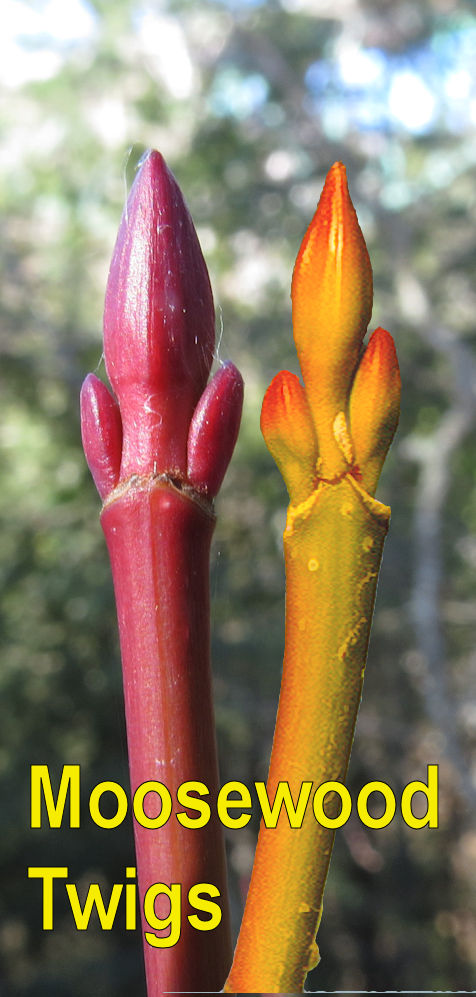
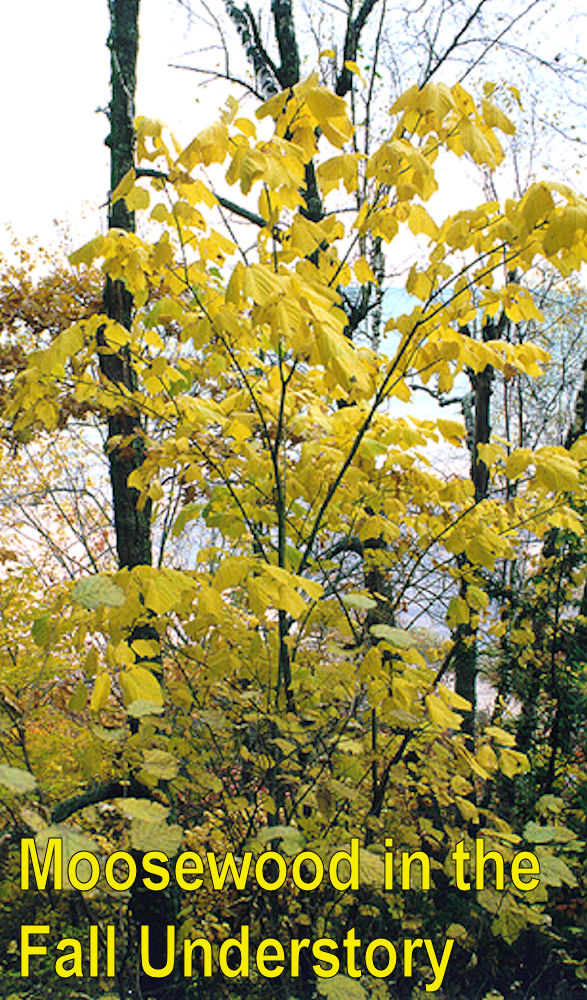
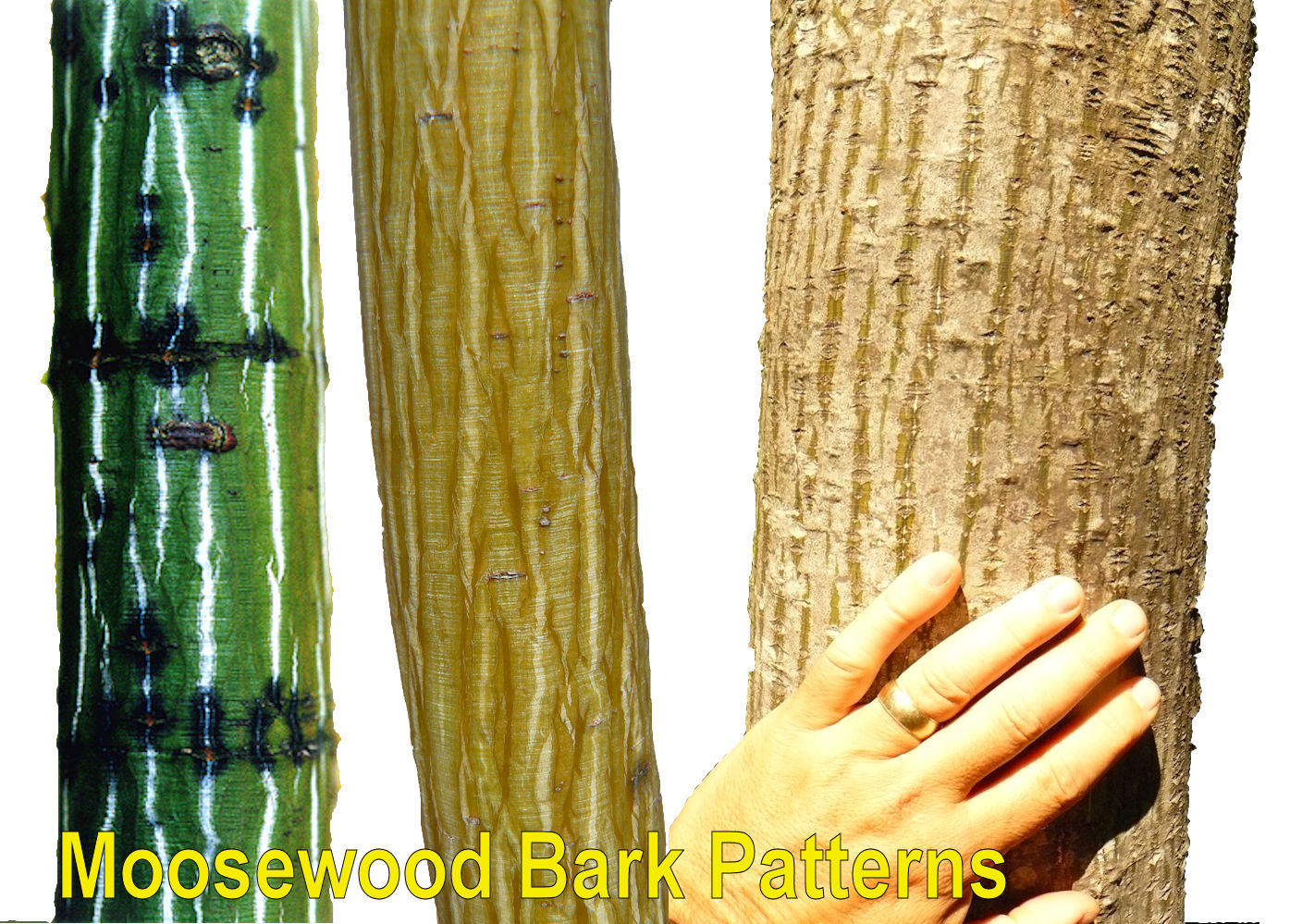


Family Aceraceae. Striped maple is one
of the easiest shrubs to identify due to the prominent GREEN STRIPES that run up and down
the stem. Sometimes striped maple can grow to a small tree, which is actually not
unusual along Lake Superior. The LEAF has three sharp points and a heart-shaped
base. It's about 4-6 inches long,
almost as wide, and finely double-serrate.
Terminal BUDS are blunt and 3-4 times
as long as wide. Small yellow FLOWERS droop in a line under the leaves. The
stubby, paired "helicopters" are about one inch long. The SEEDS are
"dented" on one side. Striped maple is quite tolerant of shade and is
sometimes a common in the understory of northern hardwoods growing on moist, somewhat
sandy SOILS.
 MOUNTAIN MAPLE (Acer spicatum)
MOUNTAIN MAPLE (Acer spicatum)
Other Names: None Known
Key ID
Features: Leaves, Fruit, Flowers
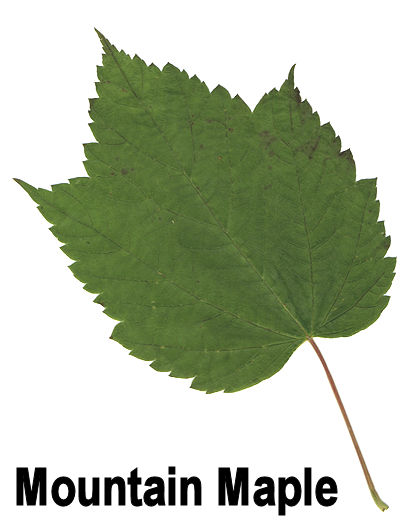


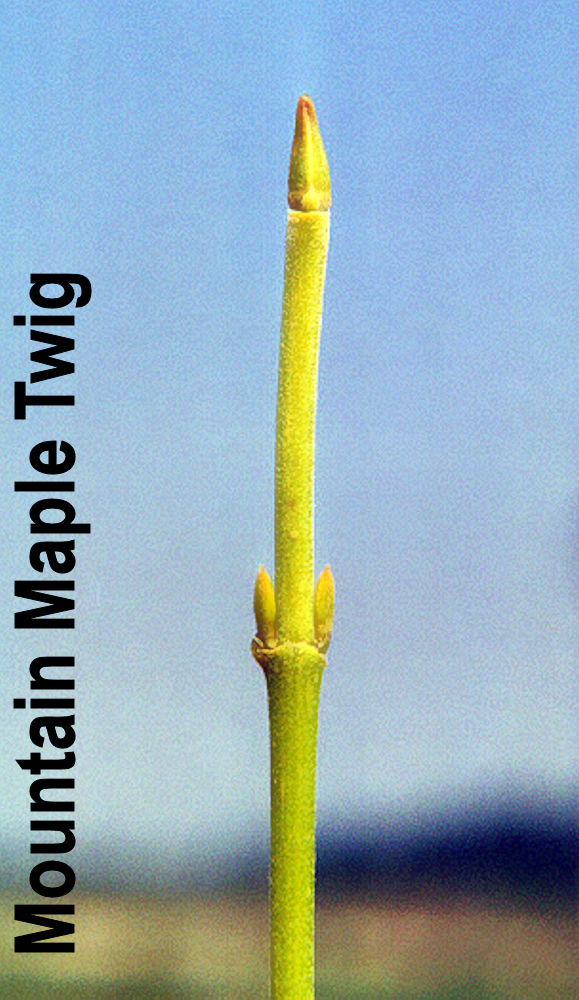
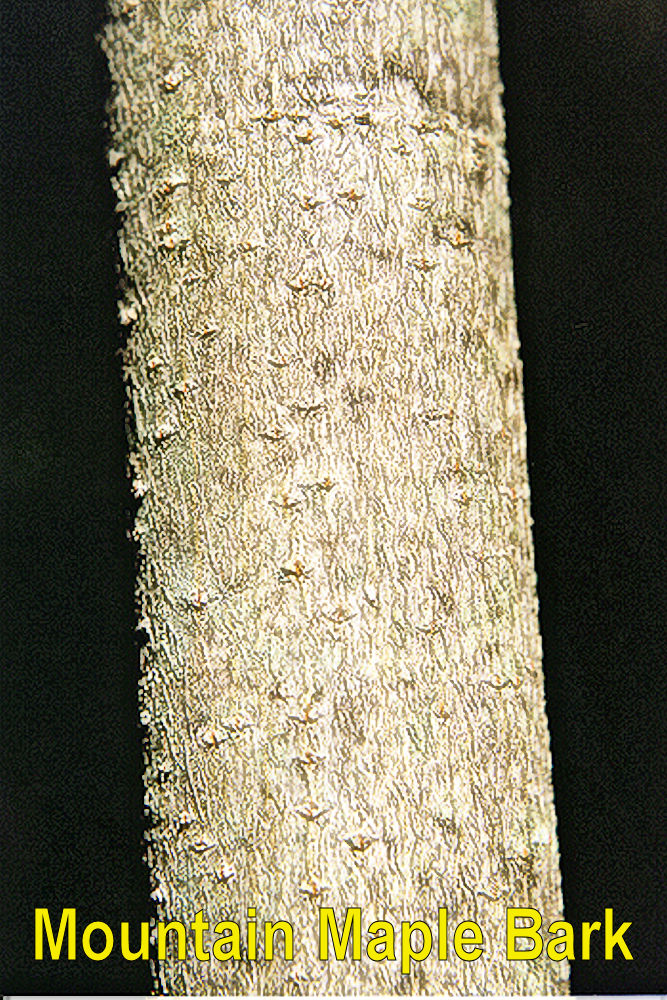
Family Aceraceae. LEAVES are similar to striped maple but the teeth are a little larger and leaf
stems sometimes run red. Terminal
BUDS are about twice as long as wide and somewhat sharp-pointed. Small, white,
delicate FLOWERS are arranged in an upward-pointing spike. The stubby
"helicopters" are 1/2-3/4 inch long and hang in elongated clusters which
sometimes stay on the tree into early winter. They start out bright red in
mid-summer but "brown-out" by the fall. Like striped maple, it is tolerant
of shade and grows in the understory of northern hardwoods.
VIBURNUMS
(Viburnum spp.)
Other Names: Nannyberry, Arrowwood, High-bush Cranberry, Mapleleaf Viburnum,
Squashberry, Mooseberry, etc.
Key ID features: Leaves, Buds, Bark
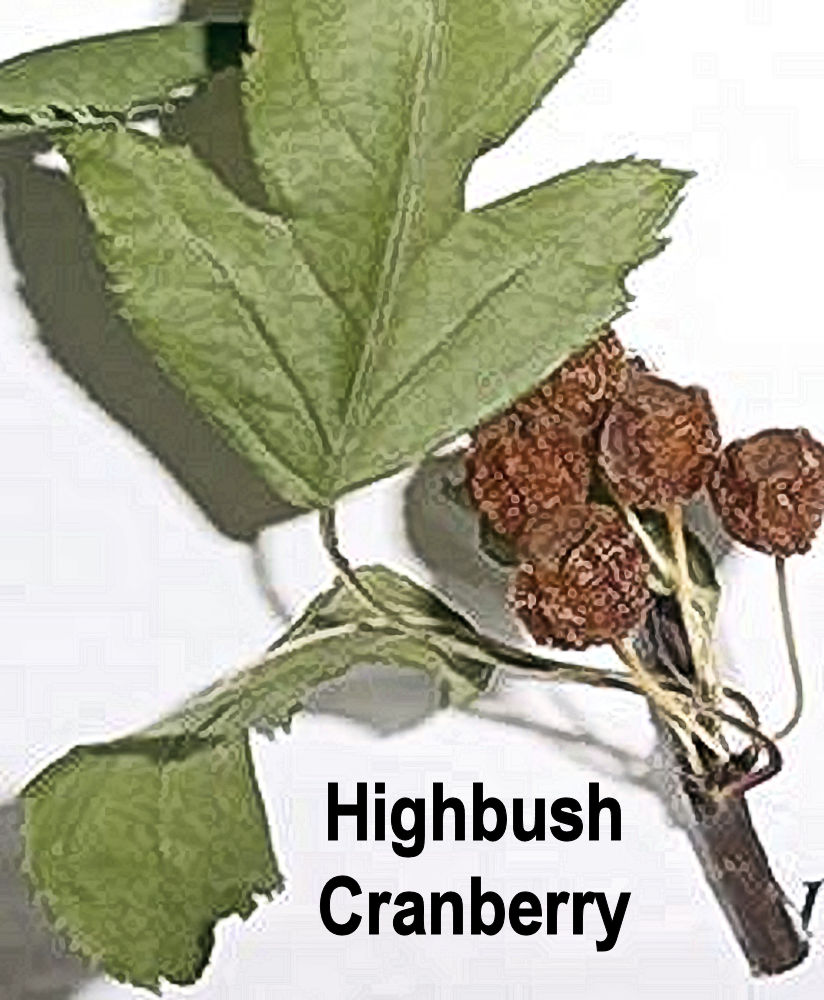
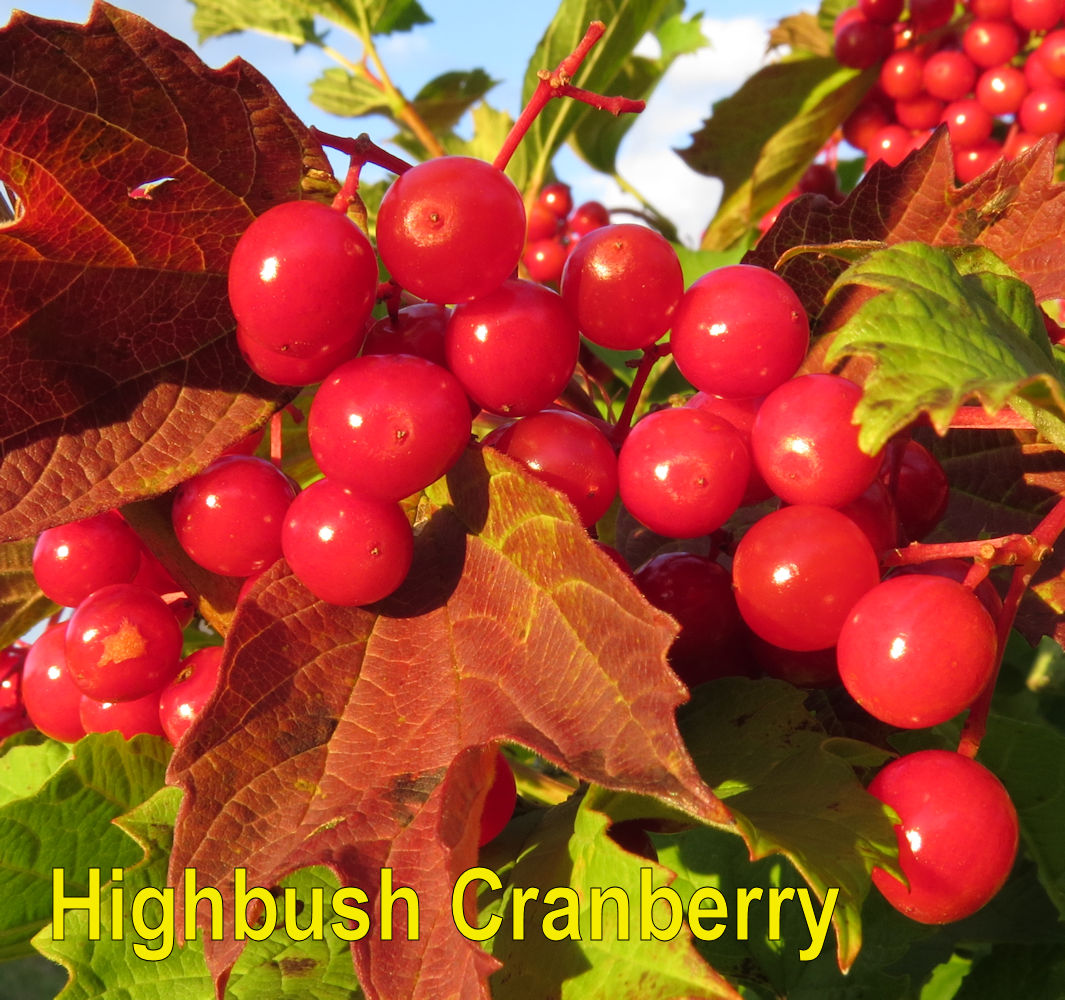
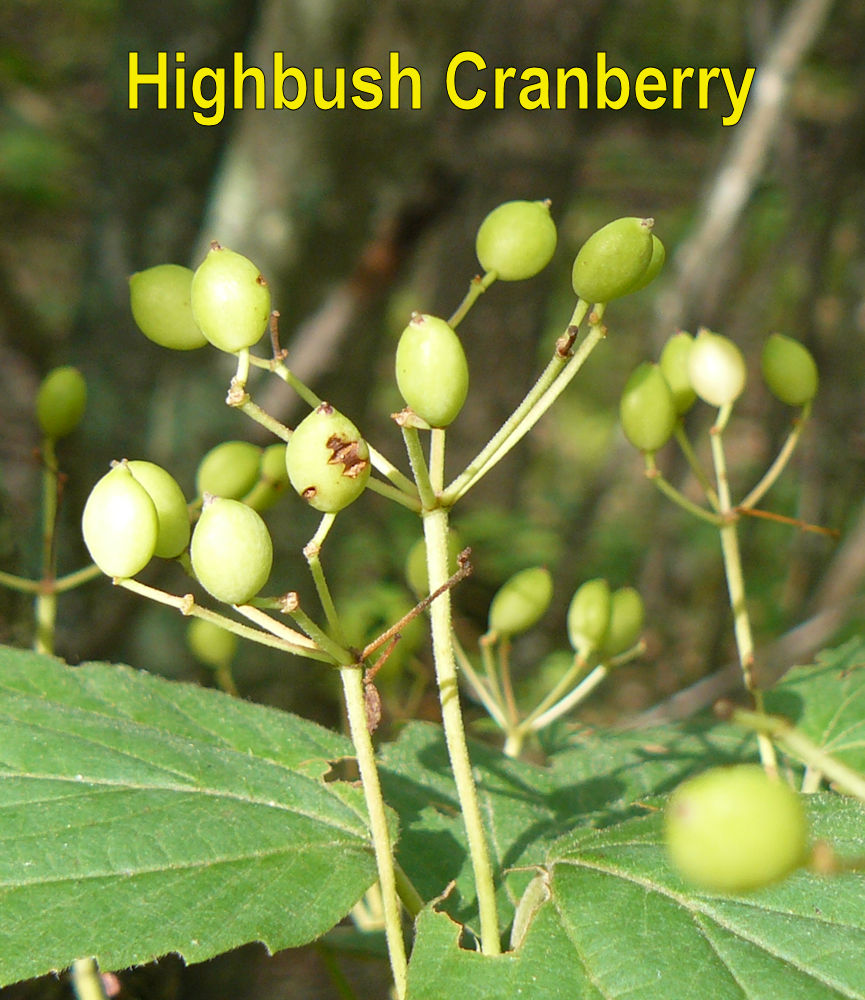
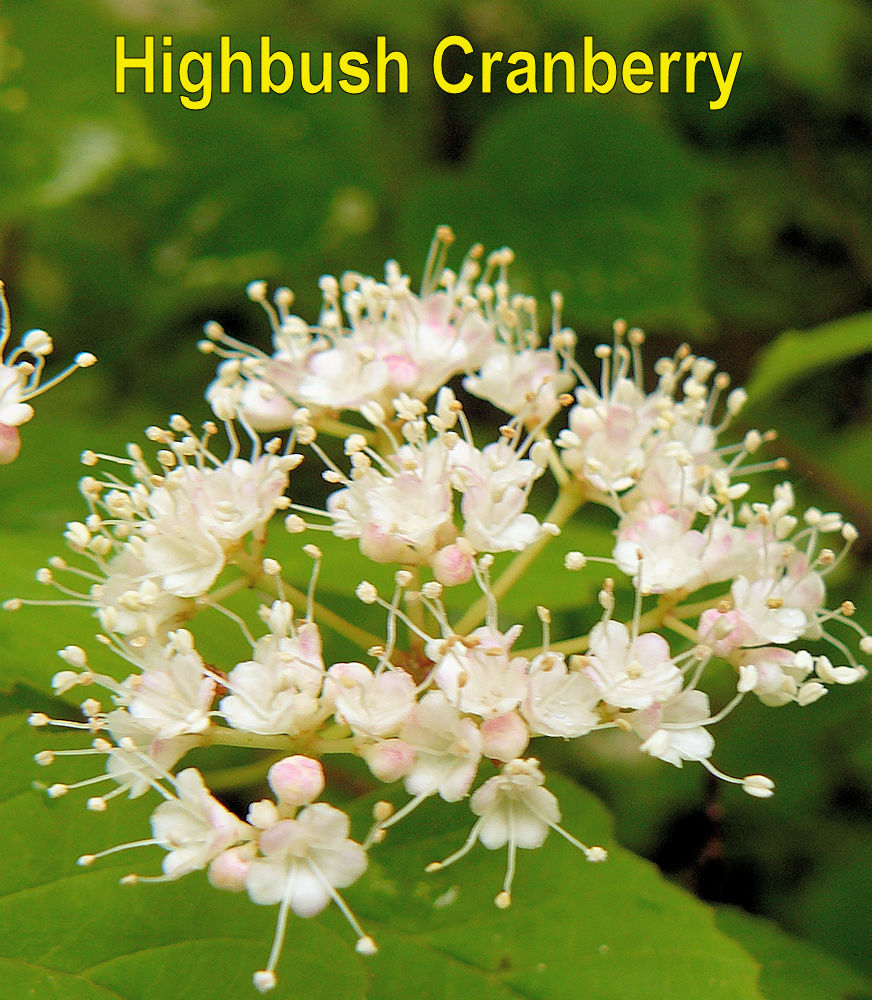
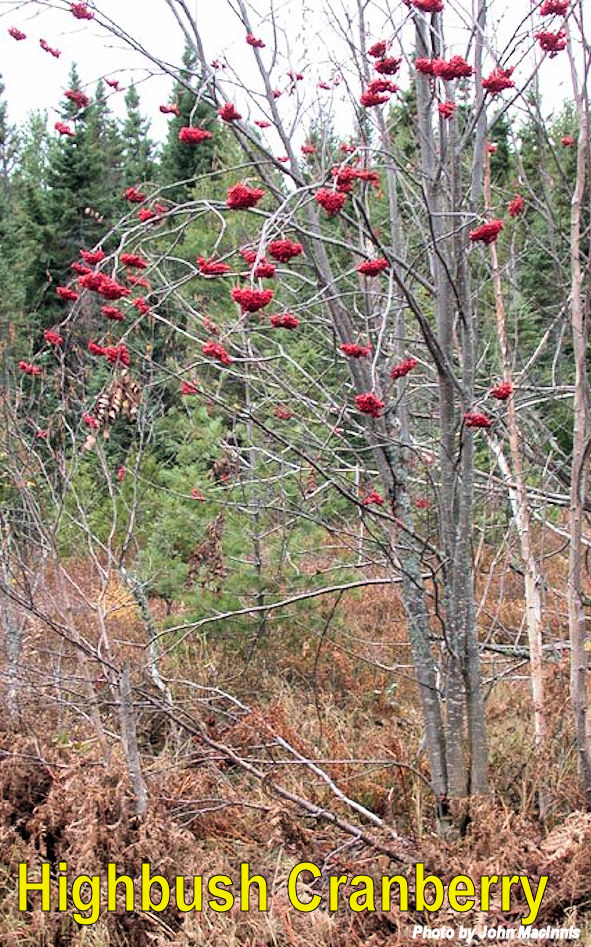

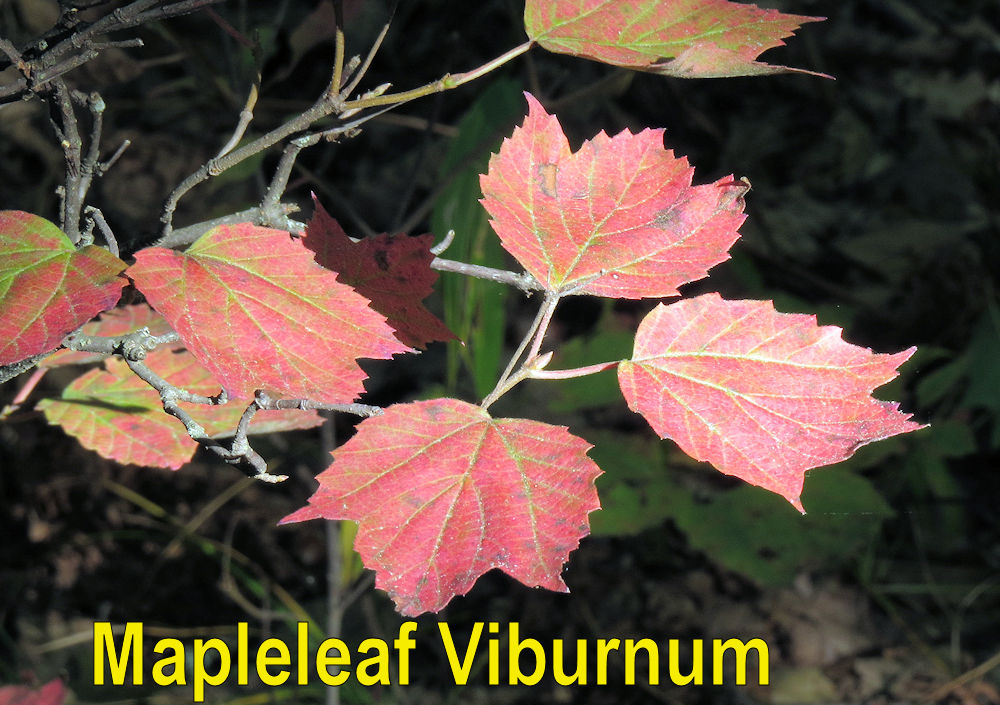


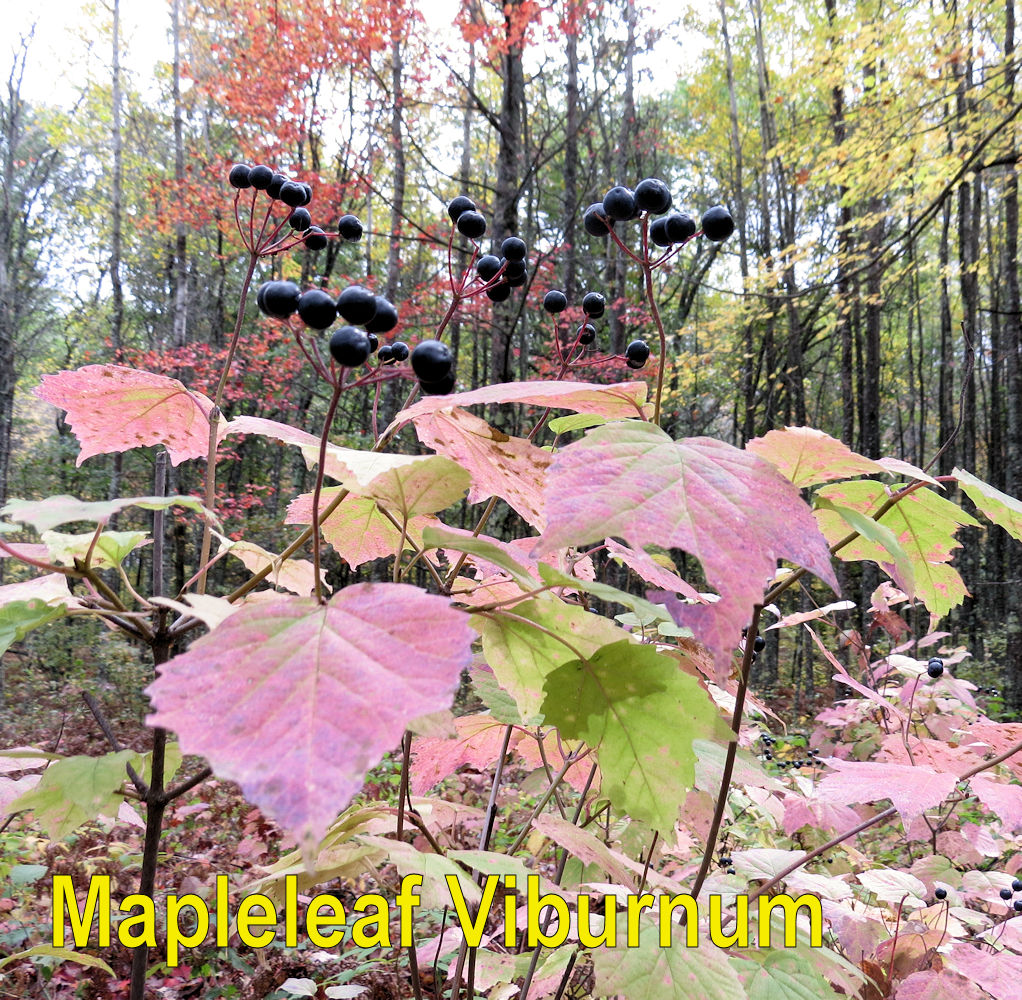
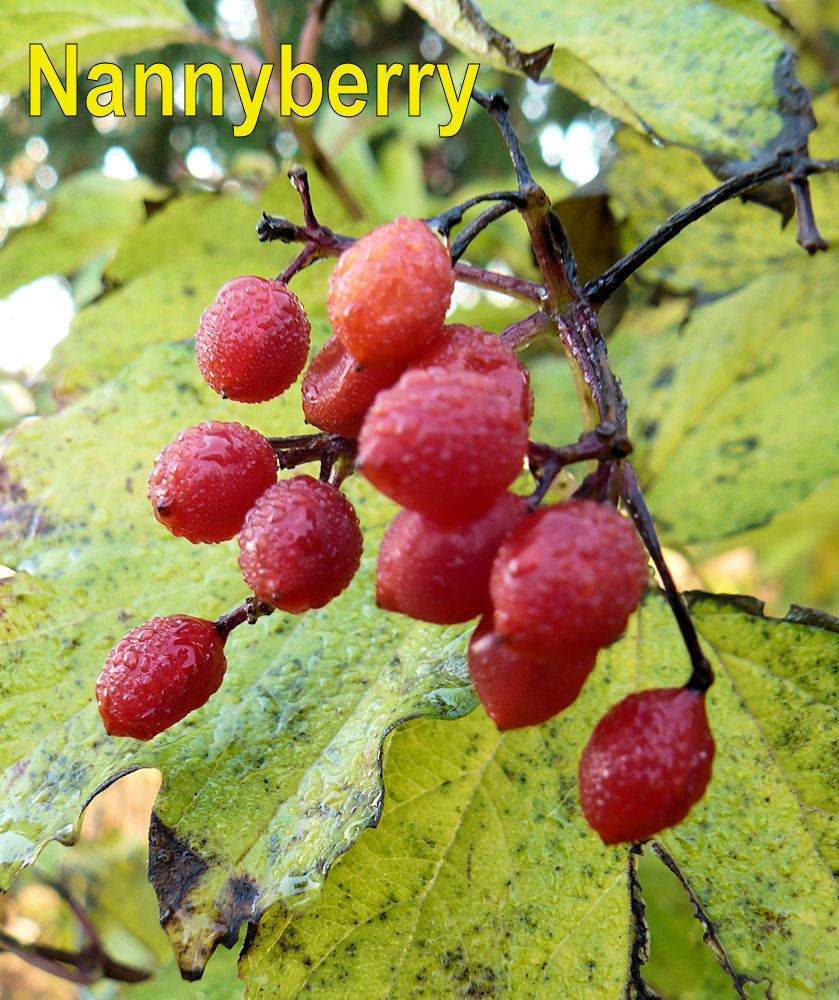

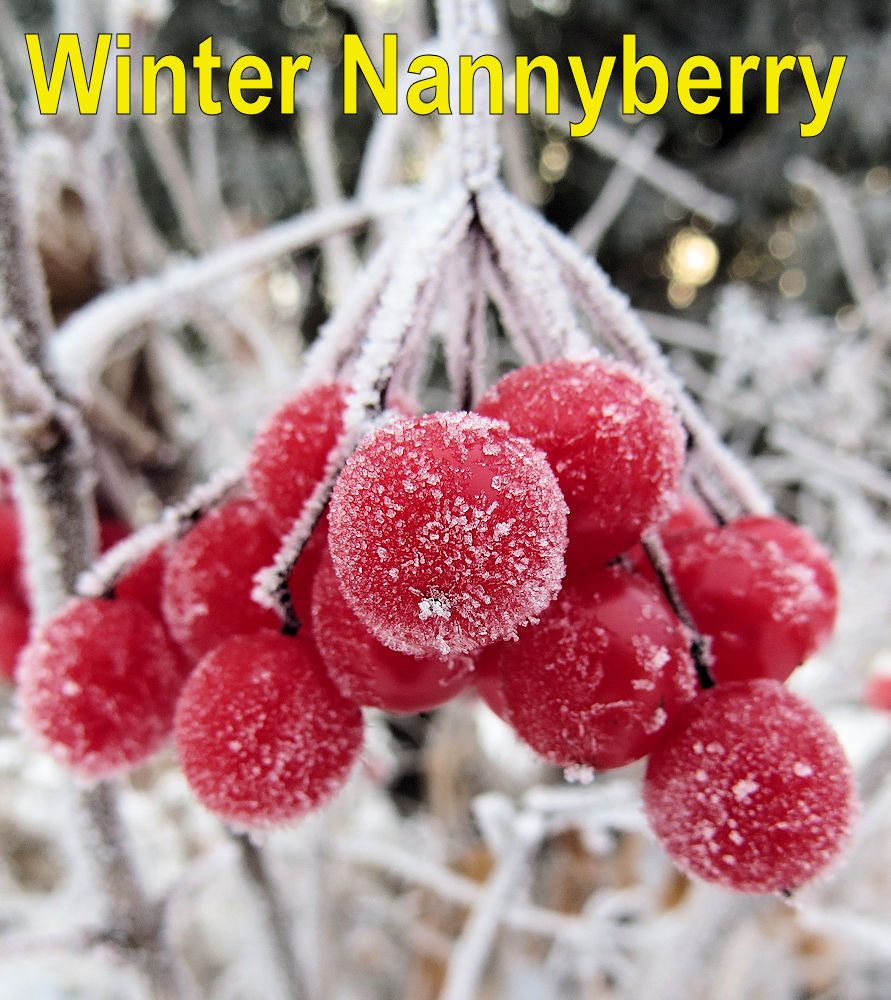
Family Caprifoliaceae. LEAVES are
3-pointed or simple and
always with toothed margins.
FRUITS are usually berry-like. White FLOWERS are not usually showy and sometimes are
arranged in small clusters. Terminal
BUDS are variable but often only 2 scales. Bark is often gray and ordinary.
High-bush cranberry has tan bark.
ELDERBERRY
(Sambucus spp.)
Other Names: Red Elderberry, Common Elderberry, Elder
Key ID features: Leaves, Buds, Smell, Berries, Bark
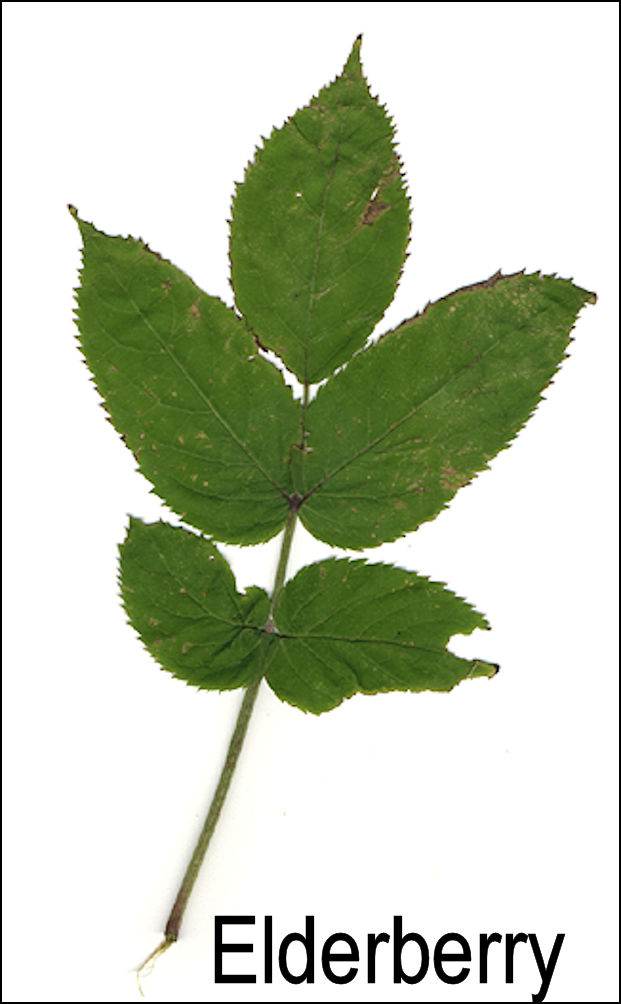
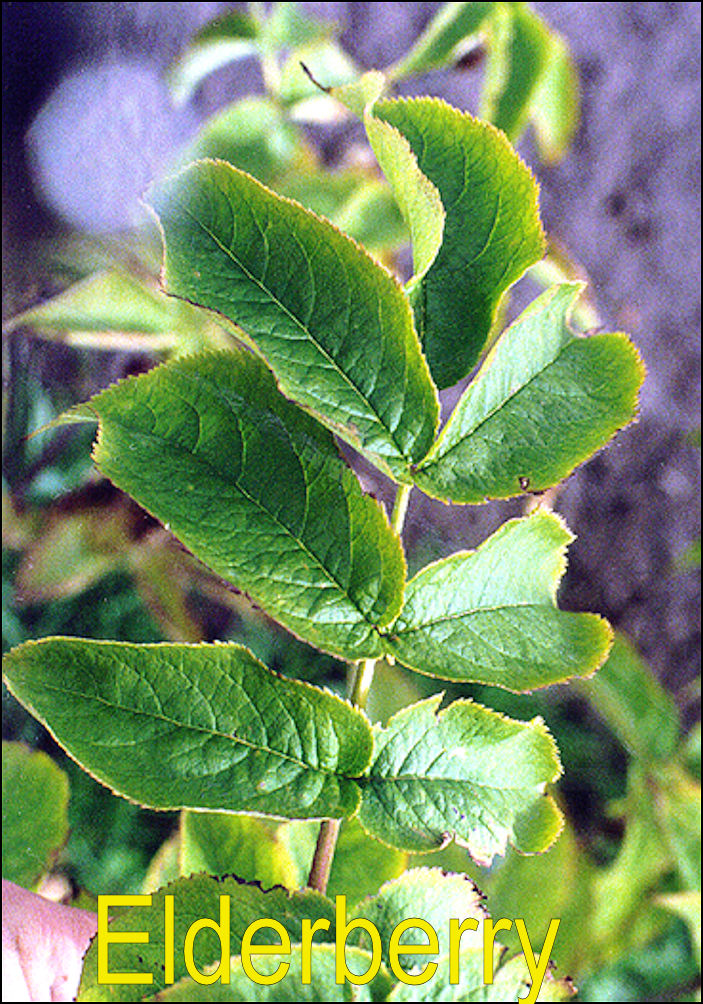
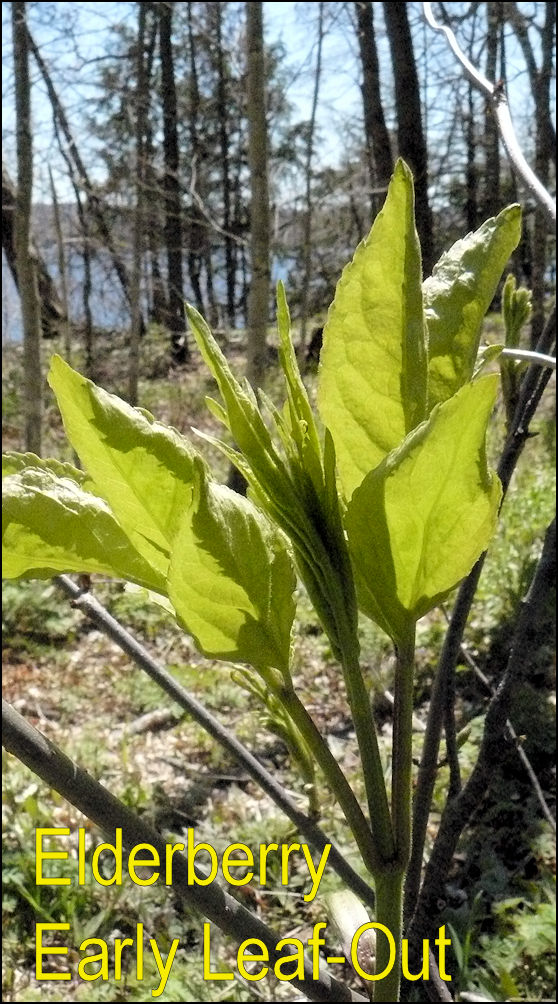
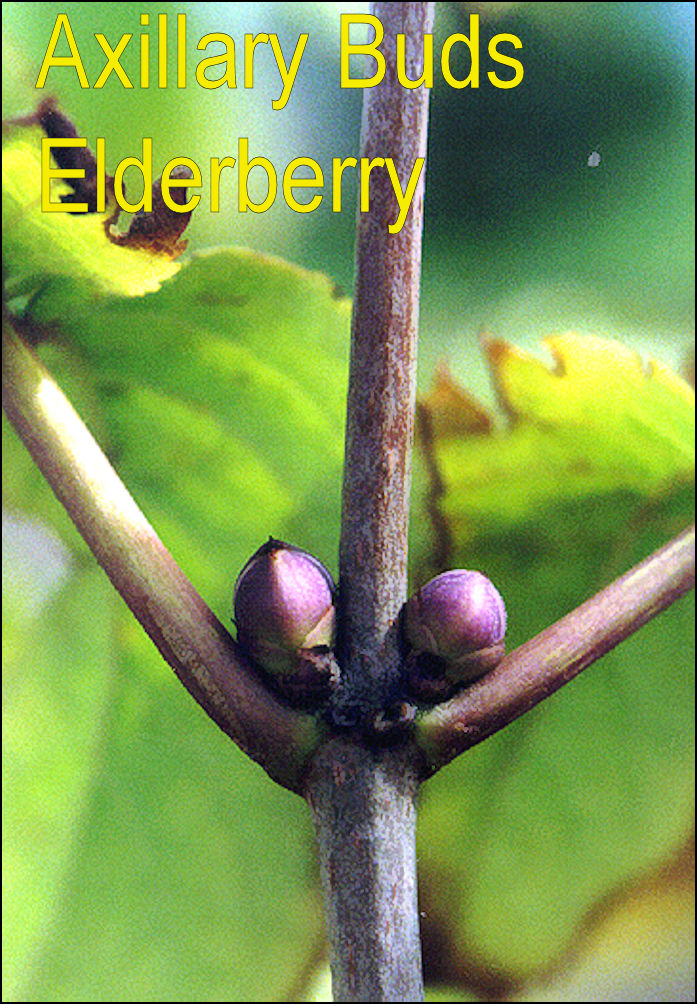
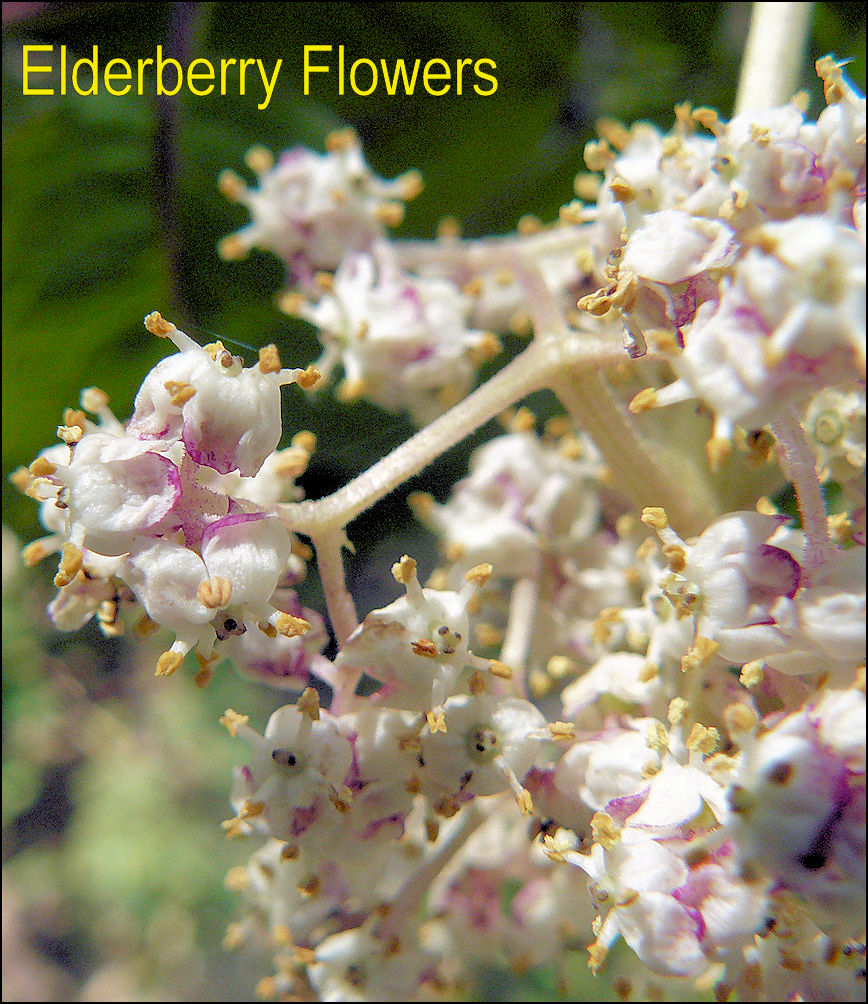
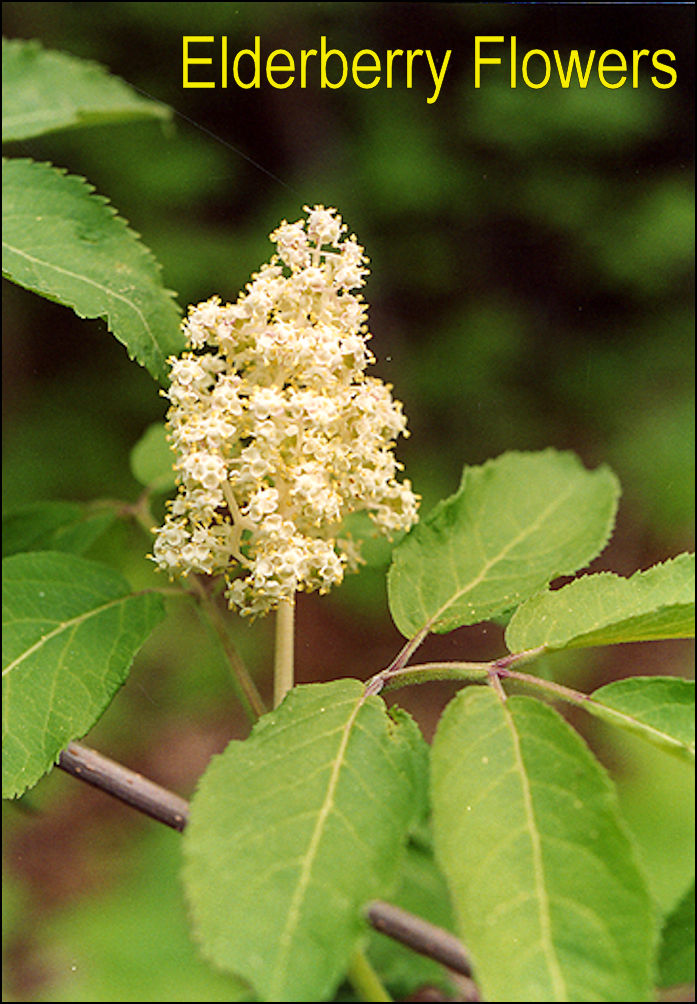
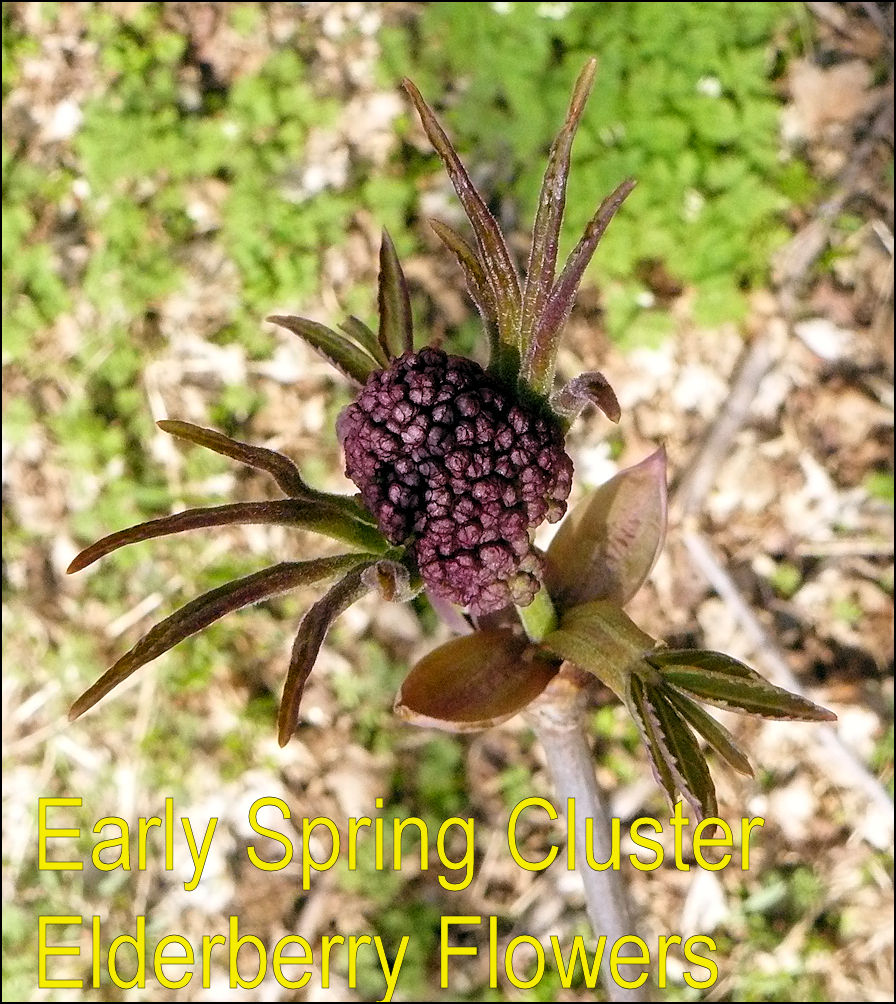
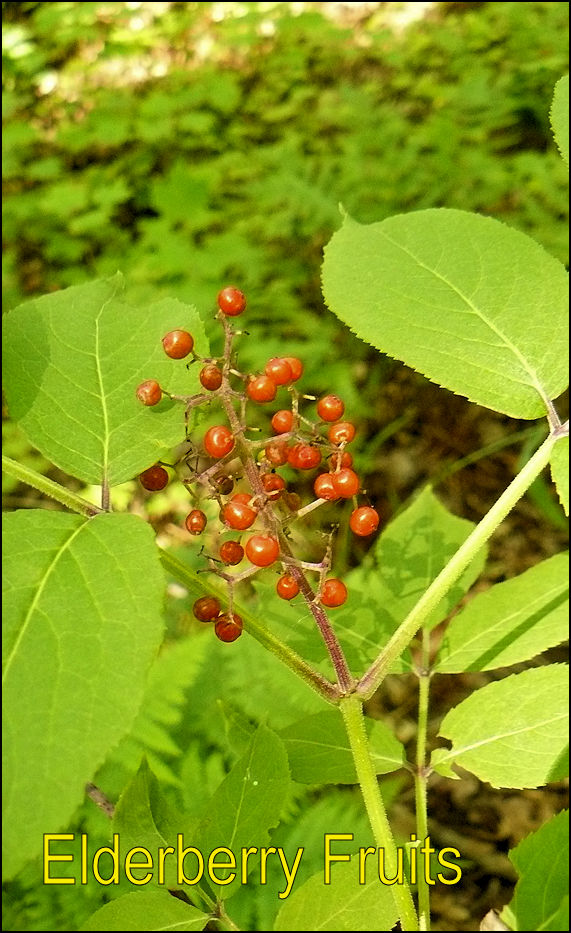
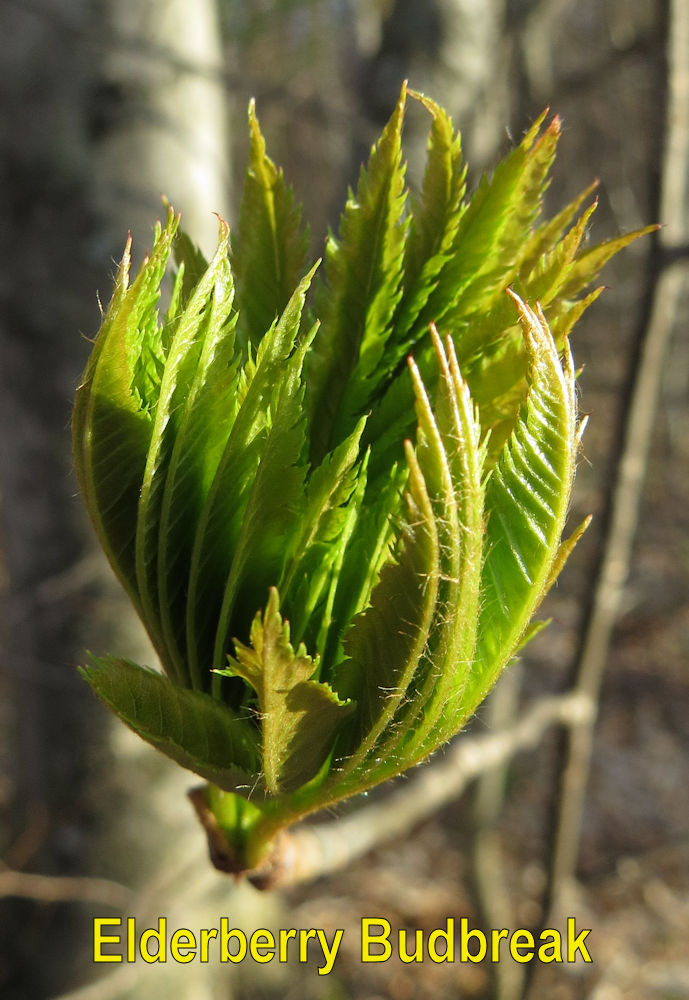
Family Caprifoliaceae.
Two species occur in the U.P., red elderberry (S. pubens) and common
elderberry (S. canadensis). LEAVES compound, 5-7 opposite leaflets with toothed margins. FRUITS are clumps of small
berries, either red or purple. Small, white FLOWERS occur in flat-topped clusters.
BUDS are large, purplish, and round in red elderberry but smaller, greenish brown
in common elderberry. BARK is tan or light brown with little wart-like bumps.
The PITH is soft and spongy, brown in red elderberry
and white in common elderberry. Crush ed leaves and twigs are stinky.
Elderberry is locally common in an open understory.
Click on the blue to return to the Deciduous Summer Key or the Deciduous Winter
Key.
Click HERE to return to the home page.
A note about the images on this website, click here.
This site created and maintained by Bill Cook, MSU Extension Forester for the Upper Peninsula of Michigan. Editing and modification is ongoing. Submit suggestions, questions, and corrections to cookwi@msu.edu or call 906-786-1575.